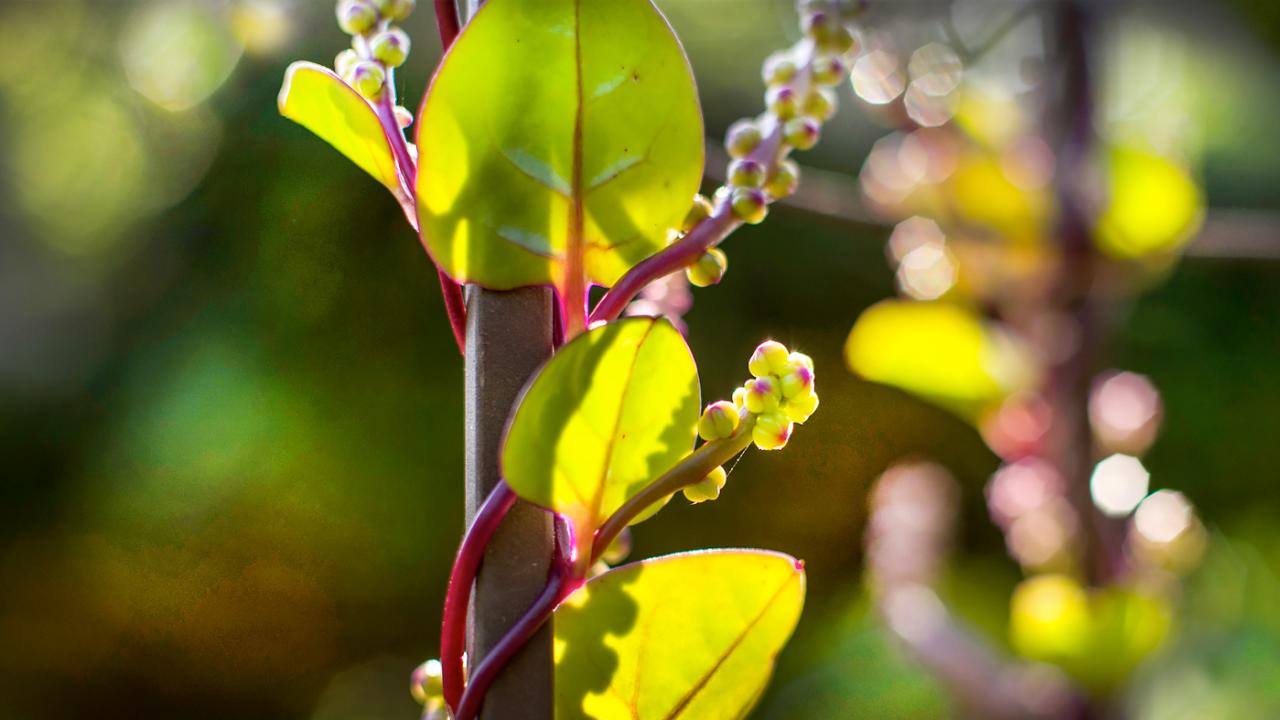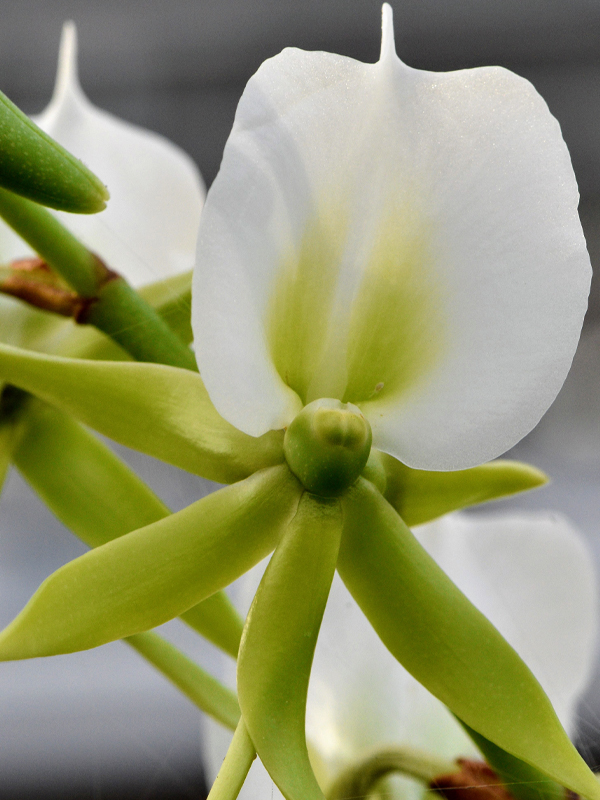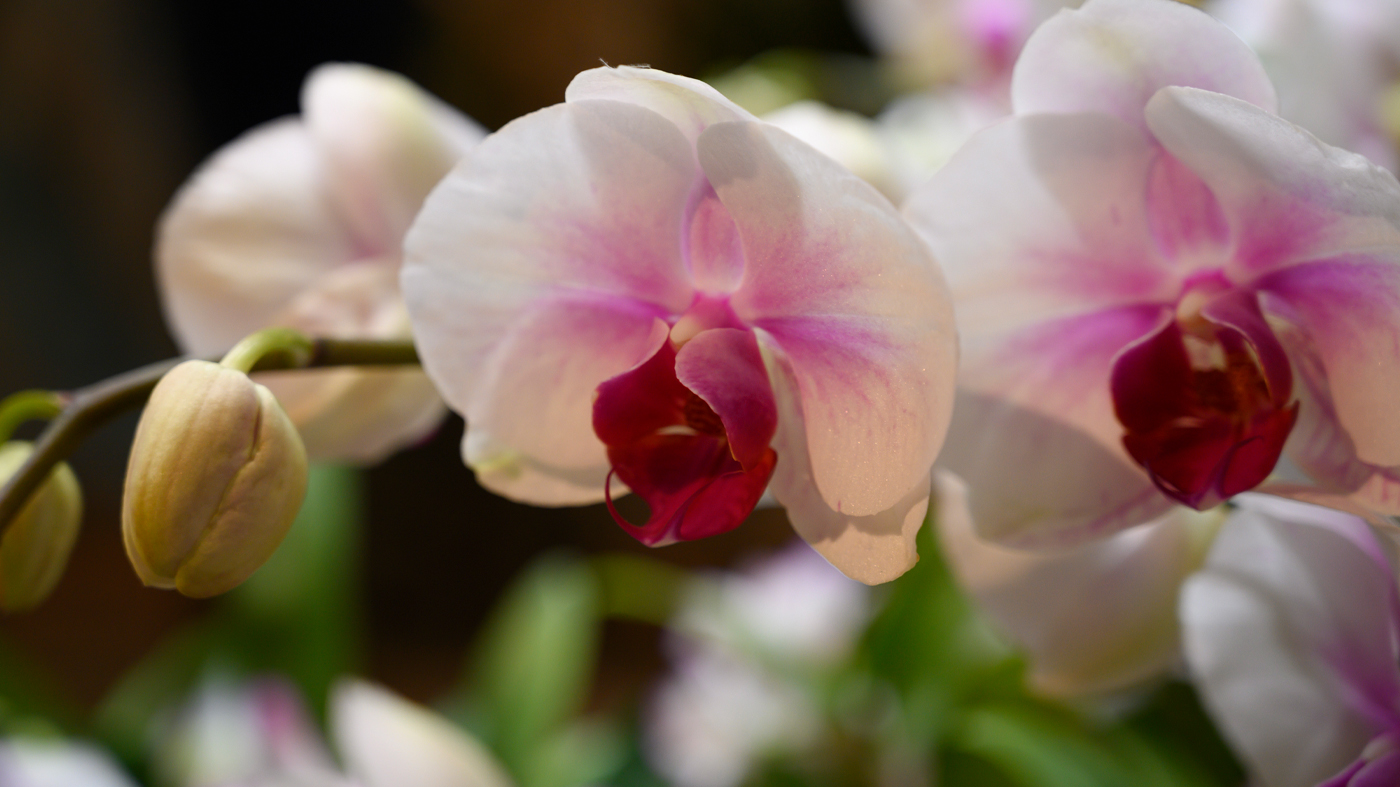

Plants &
Gardening
Garden Stories
Twisty orchid
Watch orchid buds do a 360
Want to see a blooming orchid bud do a 360-degree twist? We did.
So we put a time-lapse camera on the comet orchid (Angraecum eburneum) to capture the buds as they open and rotate over a period of several weeks.
You can also see what a blooming comet orchid looks like in the Tropical Greenhouse at the Chicago Botanic Garden—but the rotation is so slow that you won’t be able to see the buds move in real time. We’ll have two comet orchids on display until the end of October or so; they should be in full bloom around the end of September.
Why twist?
As buds start to form, the comet orchid produces a growth hormone called auxin, which triggers the rotation. Most orchids rotate 180 degrees in a process called resupination or, if you want to get technical, “blooming upside down.”
The fancy petal known as the lip usually faces up. When the bloom rotates, the lip faces down and provides a landing platform for bees, butterflies, and other pollinators. The rotation also exposes the lip to more sunlight, which may also help catch the attention of insects.
Here, the “lip” of the orchid is the dark purple-ish part.
One good turn deserves another
Orchids are best known for this feat, though a few other species also rotate, including tropical pitcher plants (Nepenthes) and the leaves of Peruvian lily (Alstroemeria). The Angraecum genus, which includes the comet orchid, is one of the few that sometimes do a full rotation, sometimes clockwise and sometimes counterclockwise.
Experts aren’t sure why the comet orchids do a 360-degree turn, but “resupination is a fascinating process to watch in orchids,” said Johanna Hutchins, the Garden’s orchid floriculturist. While this process is most easily seen in the flowers, resupination has also been observed in orchid roots, inflorescences, and fruits.
The backstory on the comet orchid
The star-shaped comet orchid is a head turner, even without its twists and turns. The plant typically grows to more than 6 feet tall and has ten to fifteen flowering spikes. The flowers are fragrant at night to help attract their moth pollinators. The orchid grows on trees in East Africa, in countries including Kenya and Tanzania.




